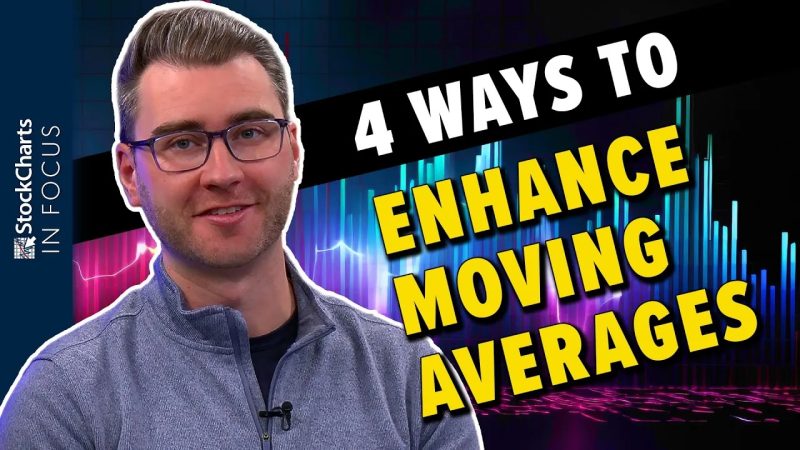Moving averages are a foundational tool in technical analysis that help traders identify trends and potential entry or exit points. By enhancing the moving averages on your charts, you can increase the accuracy of your analysis and make more informed trading decisions. Here are four ways to take your moving averages to the next level:
1. **Experiment with Different Periods and Types**
One way to enhance your moving averages is to experiment with different periods and types. The period refers to the number of data points used to calculate the average, with popular choices being the 50-day and 200-day moving averages. By testing out different periods, you can find the ones that work best for the specific security or asset you are analyzing. Additionally, you can explore different types of moving averages, such as Simple Moving Averages (SMA) and Exponential Moving Averages (EMA), each offering unique insights into price movements.
2. **Combine Multiple Moving Averages**
Another strategy to enhance moving averages on your charts is to combine multiple averages. For instance, you can overlay a short-term moving average, like a 20-day EMA, with a long-term moving average, such as a 100-day SMA. When the short-term average crosses above the long-term one, it may signal a bullish trend, while a crossover in the opposite direction could indicate a bearish trend. This technique, known as a moving average crossover, can help confirm trend changes and filter out market noise.
3. **Use Moving Averages as Support and Resistance Levels**
Moving averages can also be utilized as dynamic support and resistance levels on your charts. When the price of an asset approaches a moving average from above, the average may act as a resistance level, preventing further upward movement. Conversely, if the price nears a moving average from below, it could serve as a support level, halting additional downward momentum. By incorporating moving averages as dynamic support and resistance zones, you can identify potential reversal points and manage risk more effectively.
4. **Apply Moving Averages in Combination with Other Indicators**
To enhance the effectiveness of moving averages, consider combining them with other technical indicators. Oscillators like the Relative Strength Index (RSI) or the Moving Average Convergence Divergence (MACD) can provide additional confirmation signals to complement the information conveyed by moving averages. By using a combination of indicators, you can build a more comprehensive trading strategy and reduce the probability of false signals.
In conclusion, enhancing the moving averages on your charts can significantly improve your technical analysis and trading decisions. By experimenting with different periods and types, combining multiple averages, using moving averages as support and resistance levels, and integrating them with other indicators, you can elevate the accuracy and reliability of your trading strategies. Mastering the art of moving averages is a valuable skill for traders seeking to navigate the complexities of the financial markets successfully.

